Five minutes into our day long ‘Mountains and Mines’ trip*, Paul Harris delivered the bad news – we wouldn’t be able to go down the coal mine today.
Dang! It was to have been the highlight (well, lowlight technically) of the trip.
I’d tried once before. A long time ago. So long ago I can’t remember what the capricious reason was that time. Wrong day probably; maybe it was the third Thursday of an even numbered month and they always close on those days?!
This time it was a strike. (At a coal mine! Who’d have thought?) It turns out it was the first of a series of 24-hour strikes by National Museum of Wales staff, but not the first they’ve had. Furthermore their website warns they are prone to close the underground tours in busy periods.
I mention it because it will affect my review marks.
That said, Big Pit is one of the sites of National Museum Wales and home of the Coal Museum most of which is on the surface. So a visit to Big Pit, even without the 50-minute mine experience is not a wasted visit.

We were shown around the pit head by miner-guide Wayne Munkley, who spent 34 years as a miner working in several pits. He spoke about the harsh working conditions for men, women, children and ponies in the 19th century. It was hard and dangerous work right up to the end of WW2 when the National Coal Board (NCB) was established and set about improving mine safety standards. When Wayne started work in 1979 the standard working week underground was 5 x 7¼ hr shifts, though “as a young man with a wife & home to support, I worked all the weekend overtime I could get!”
Wayne took us around the mine shaft area and explained how coal trucks (“drams”), men and supplies were marshalled onto the two counter-moving lifts in the 300ft (90m) shaft so that there was a continuous flow in and out of the mine. The lift cages could take 18 men or 2 drams, each carrying around a ton of coal. With 250 lift movements every 12-hr day, that’s 500 tons of coal per day.
Big Pit opened in 1860. Actually some of the oldest connected workings/shafts date back to 1812 and the whole Blaenavon industrial area, including Big Pit, is a UNESCO World Heritage Site for its role in the Industrial Revolution. It closed in 1980 and was re-opened as a museum three years later, with only a small area of tunnels maintained for guided public access. Over the years, the tunnels for coalfaces – working & closed – in the 19 different seams at Big Pit, had totalled 27 miles. Now there are 1,800m of tunnels.
One of the reasons why it was selected to be a museum mine was that, high up in the Blaenavon valley, it drains naturally, which makes it much cheaper to maintain. Well, perhaps not that naturally. Now, the water is channeled away in gullies & pipes. When it was a working mine, the water drained around and over the miners boots!
In the Lamp Room, Wayne explained the risks and safety precautions around the miner’s worst enemy – methane gas, bubbles of which are trapped in the coal and released as it is cut. So cameras, phones, recorders, even watches and electronic car keys, can’t be used down the mine because safety regulations ban any dry cell battery tech, that might cause a spark.
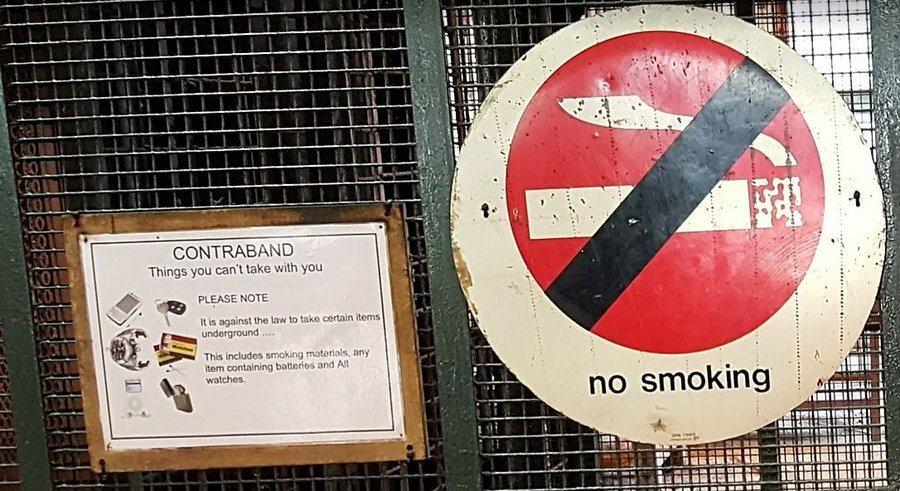
If we were going down the mine, we would have to give up all that “contraband” and get equipped with miners lamps and rebreathers – emergency canisters which would give an hour or so protection from breathing carbon monoxide which is given off after a fire or explosion.
For those unwilling (or unable) to go down the mine, there is an alternative – an audio-visual experience in a recreated mine on the surface. The ‘Mining Galleries’ simulate the history of mining techniques and machinery up to the modern day in a short multi-media tour, and are well worth taking the time to experience.
Nearby on the surface are the other mine buildings that go to make up the museum, such as the Fan House (that ventilates the mine) and Winding House (that powers the lifts), the Saw Mill (for cutting pit props) and, importantly, the Pit Head Baths building (where miners washed & changed), which now also houses the mining industry exhibition.
The locker and shower rooms are preserved, as is the medical centre, but some of the rooms in the former Pit Head Baths are now filled with exhibition cabinets with artifacts reflecting the physical and social history of the coal mining industry, and are well worth spending some time browsing.
Disclosure: I was visiting Big Pit while on a day trip* courtesy of VisitWales, which makes no difference because my views are my own.
Factbox
* Mountains and Mines:
I was on a day tour by minibus from Cardiff run by See Wales Tours that goes up into the dramatic wild scenery of the Brecon Beacons national park and visits Big Pit.
But if you are travelling independently…
Getting there:
By Car – Big Pit is on the outskirts of Blaenavon, Torfaen, Wales, NP4 9XP. There is a £3 per day car park charge.
By Train – the Blaenavon Heritage Railway runs 2 miles from Whistle Inn near the head of the valley, to Big Pit.
Price:
Entry Free.
Opening Hours:
9.30am – 5pm daily. Last admission 4pm.
Underground tours 10am – 3.30pm

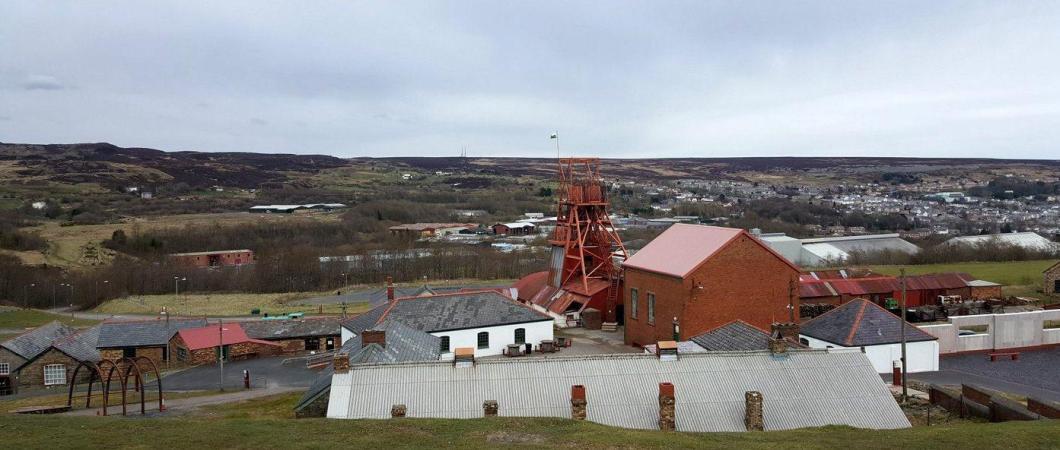
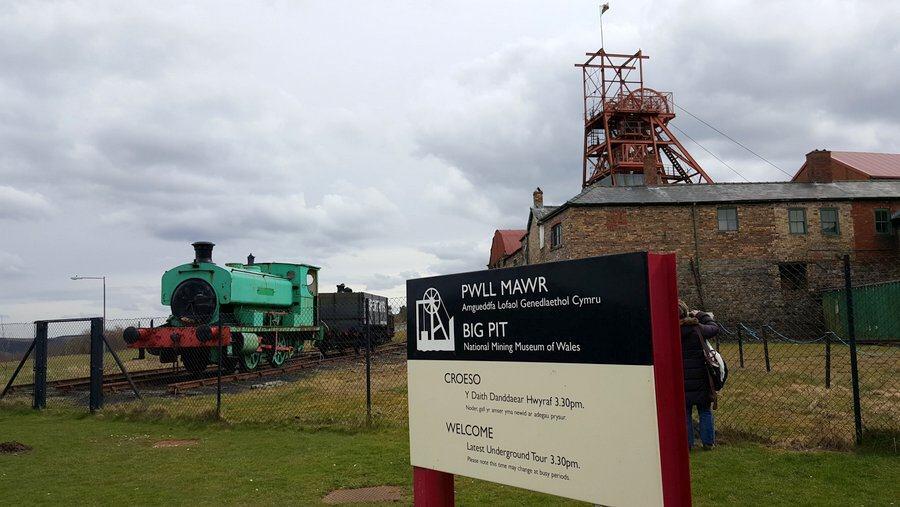
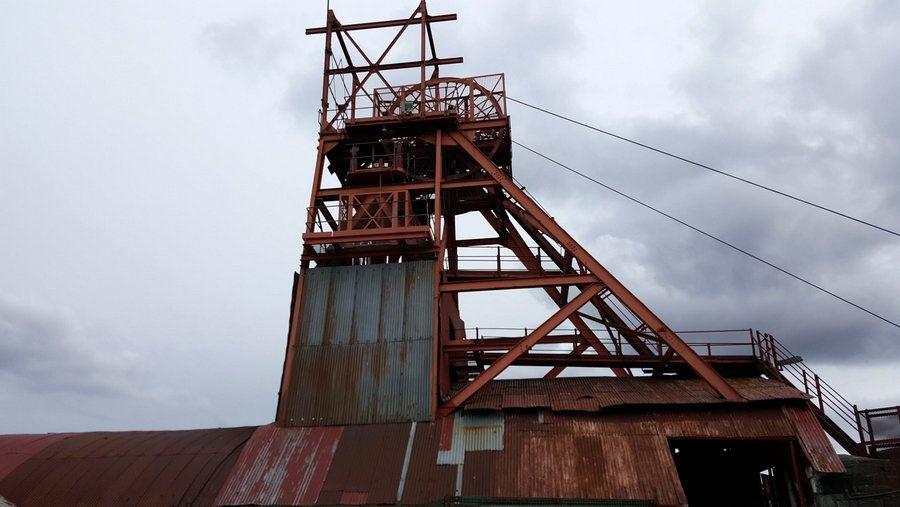
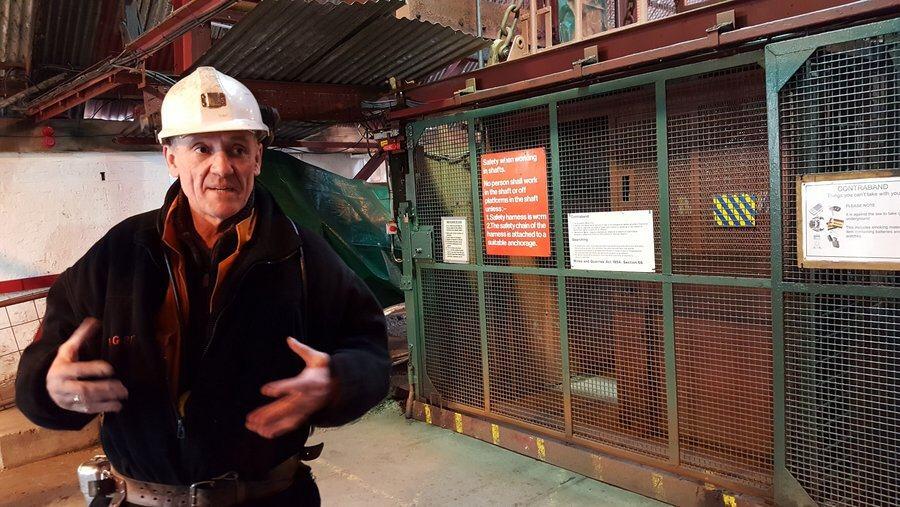
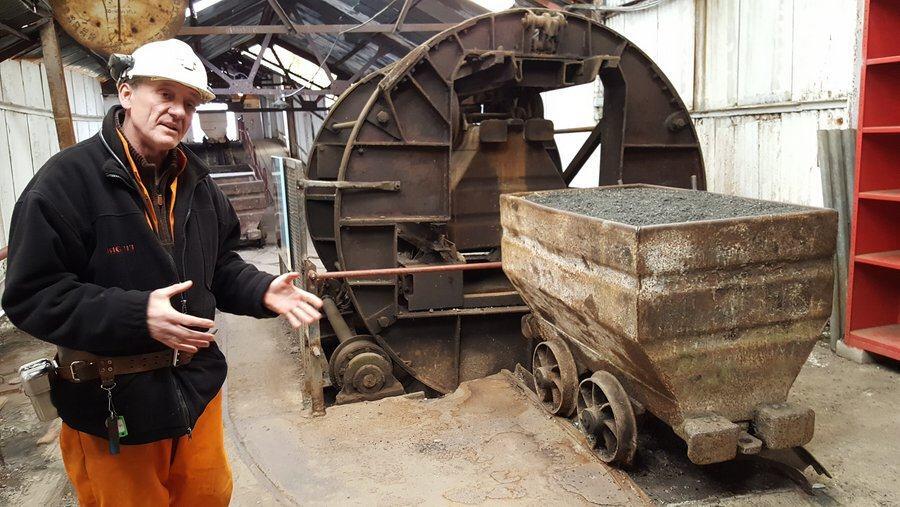

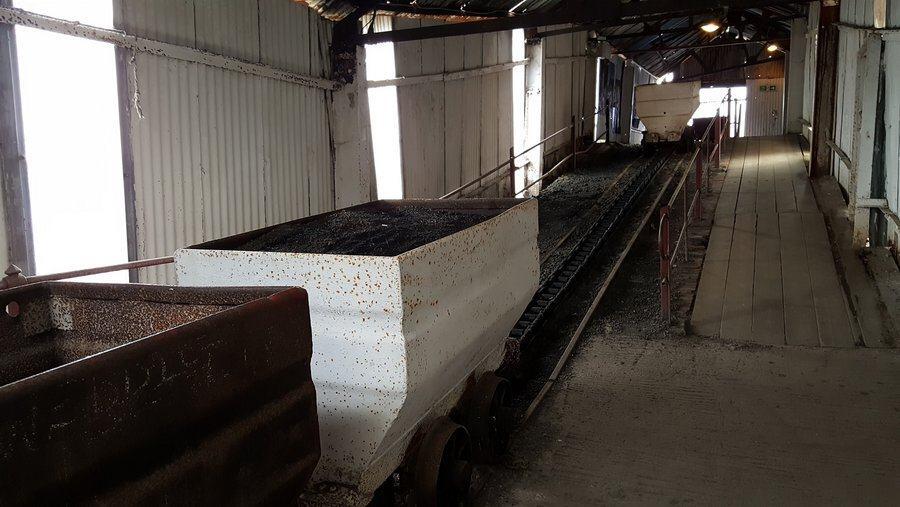
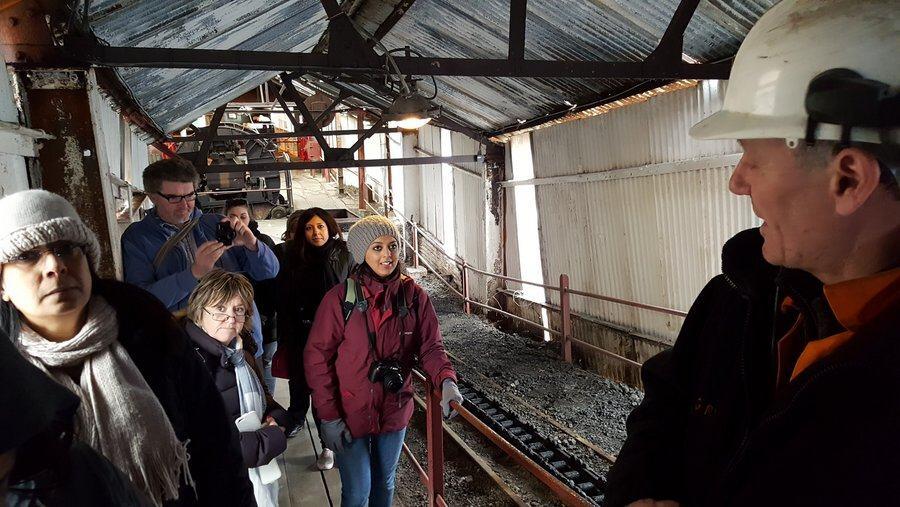
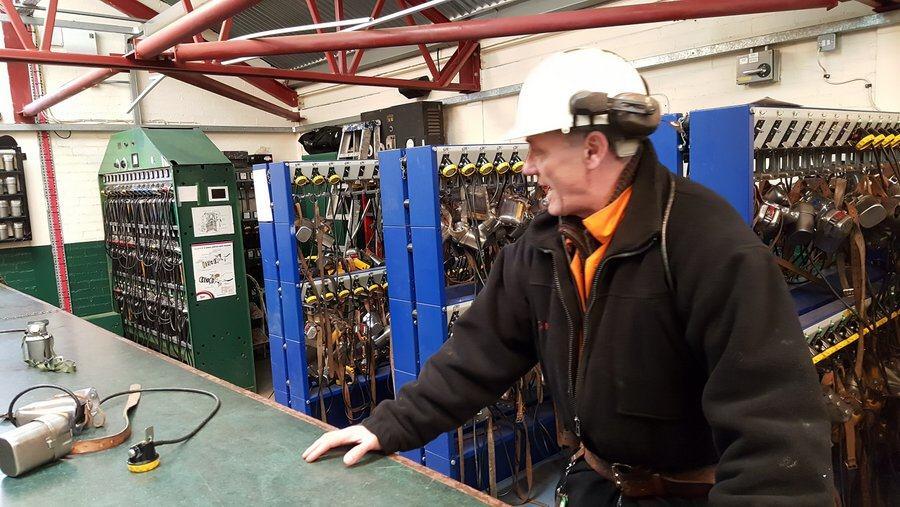
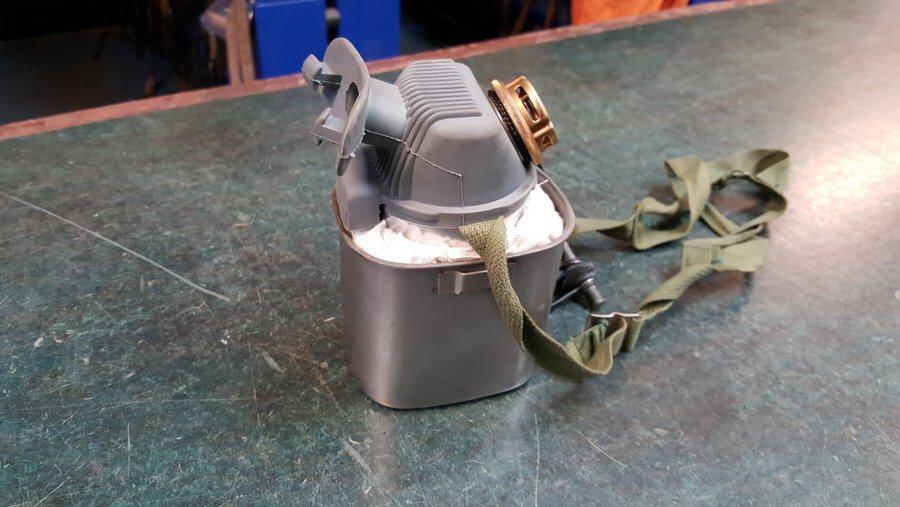
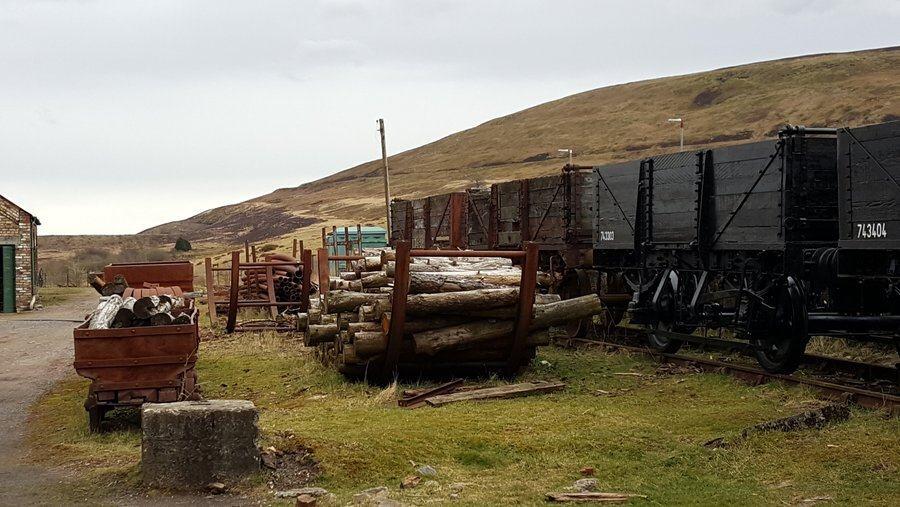
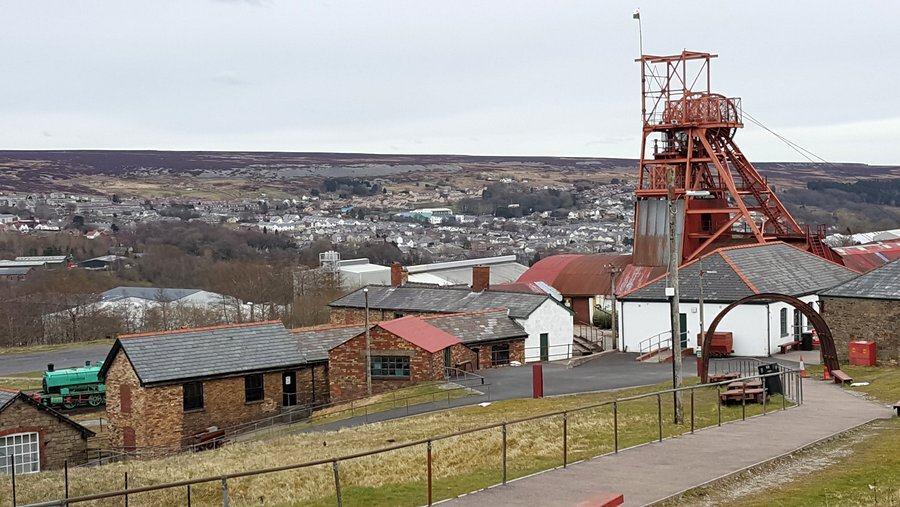

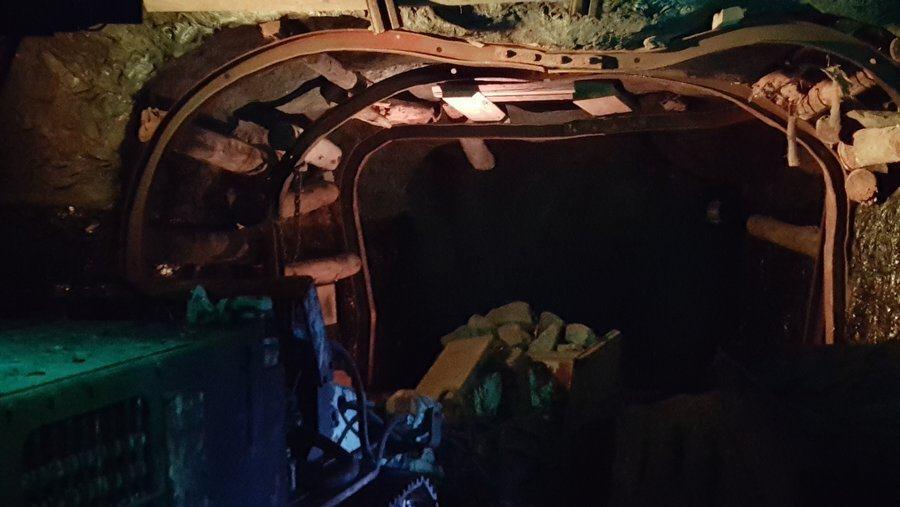
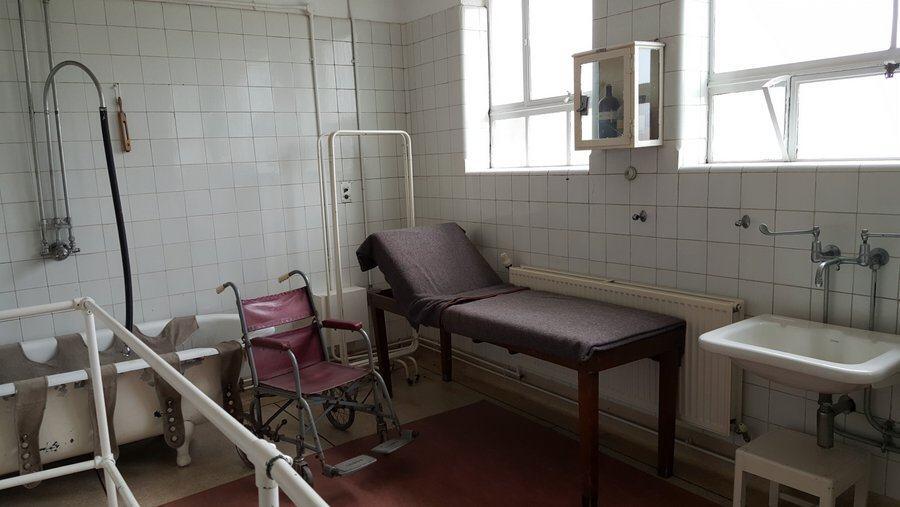
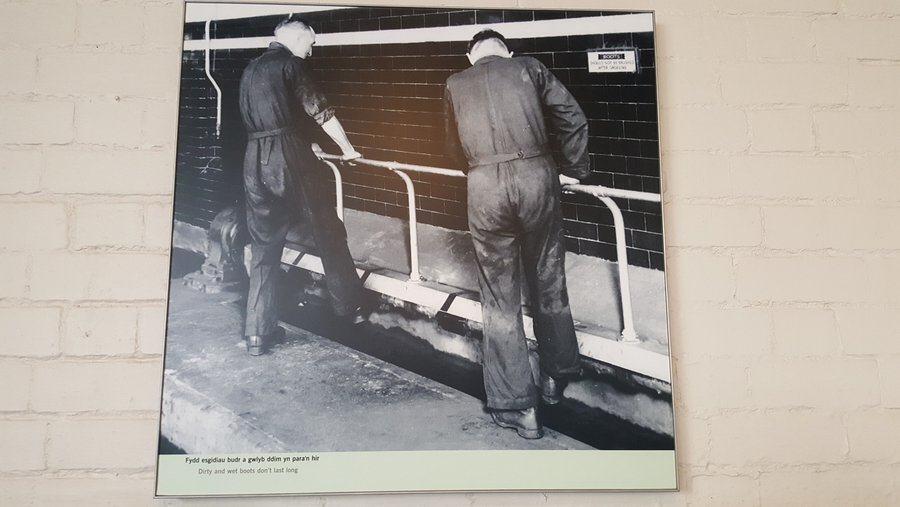
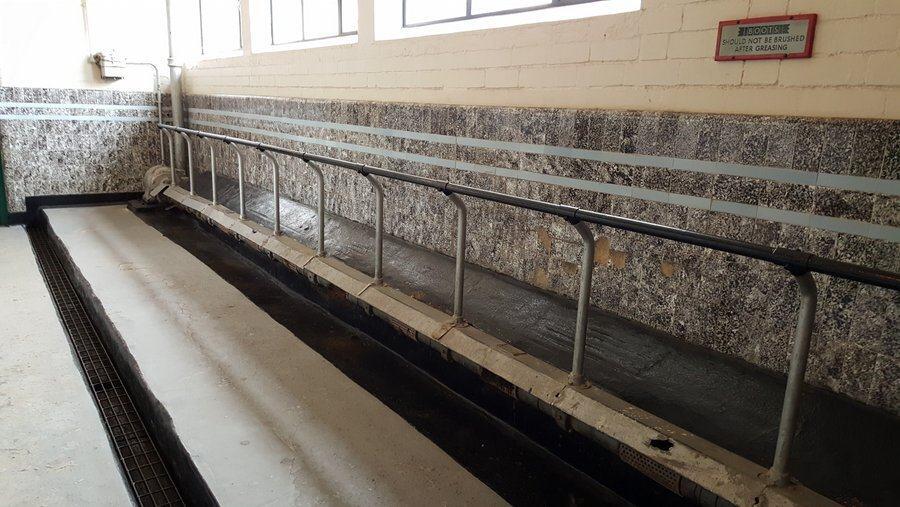
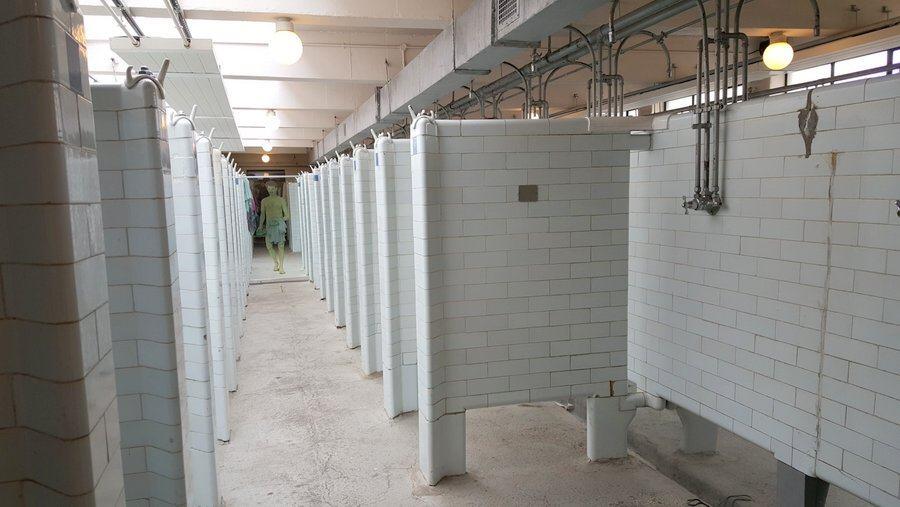
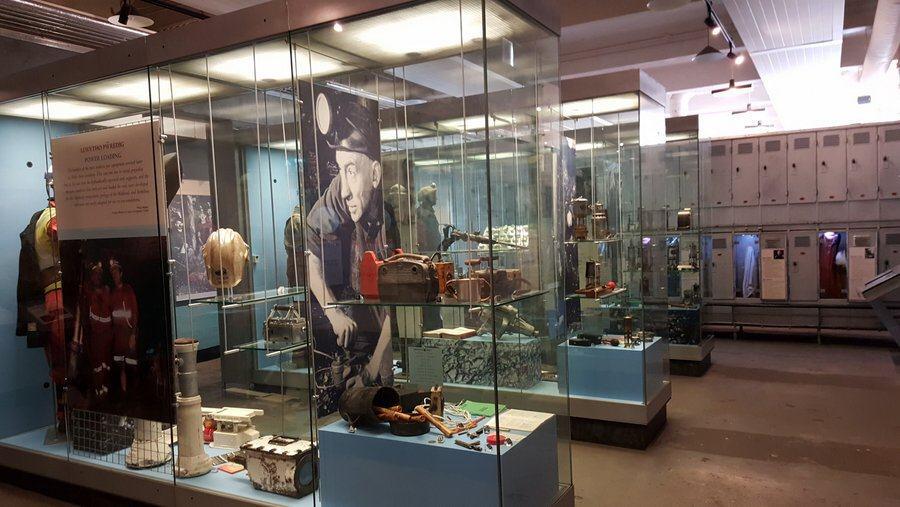
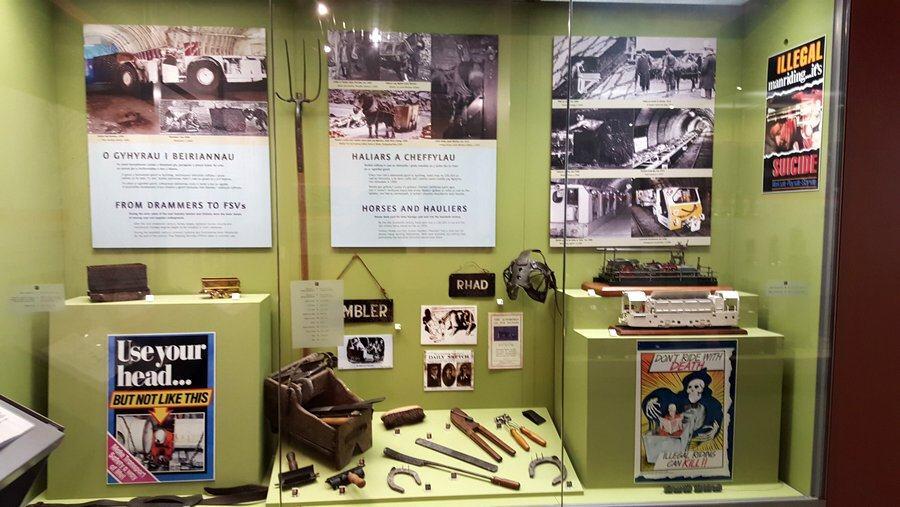

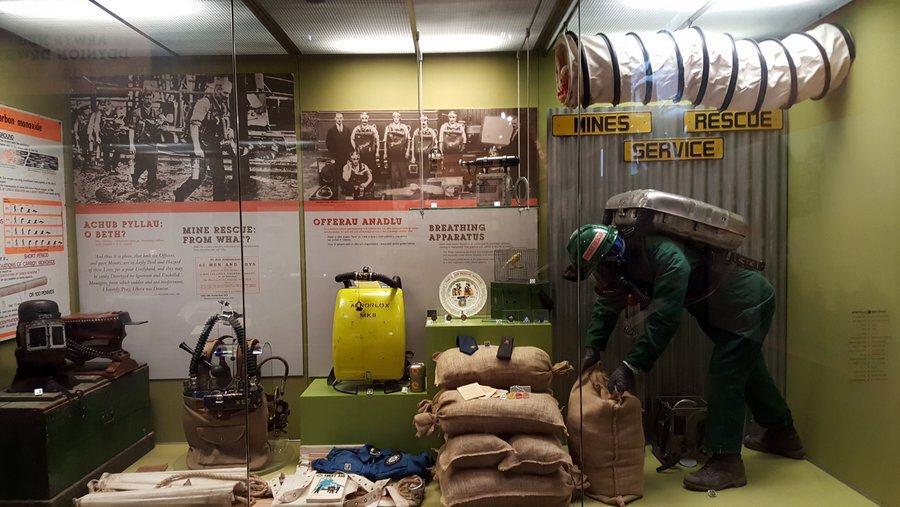



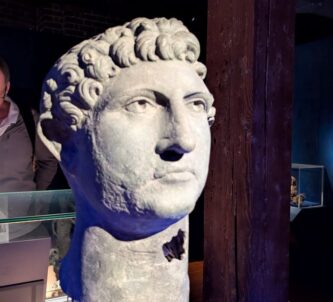
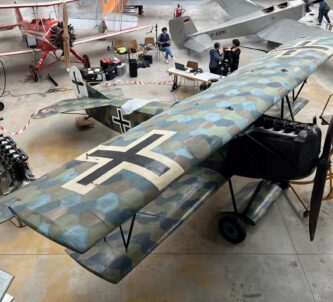

You now have to pay £5 (on the day) or £8 (for advance bookings) to go underground. The rest of the museum indeed remains free.
Thanks Simon 🙂